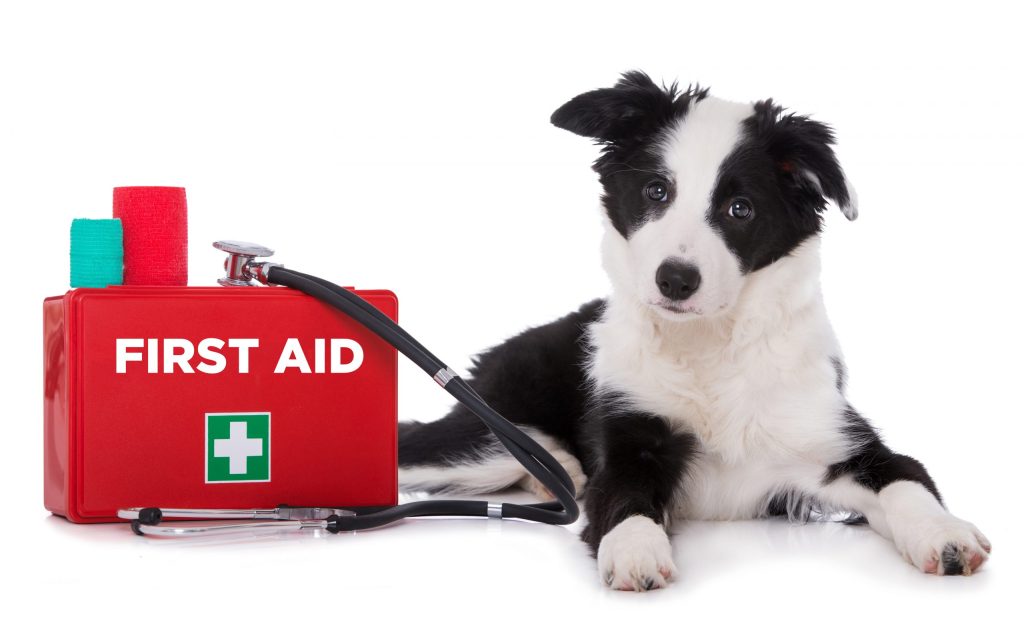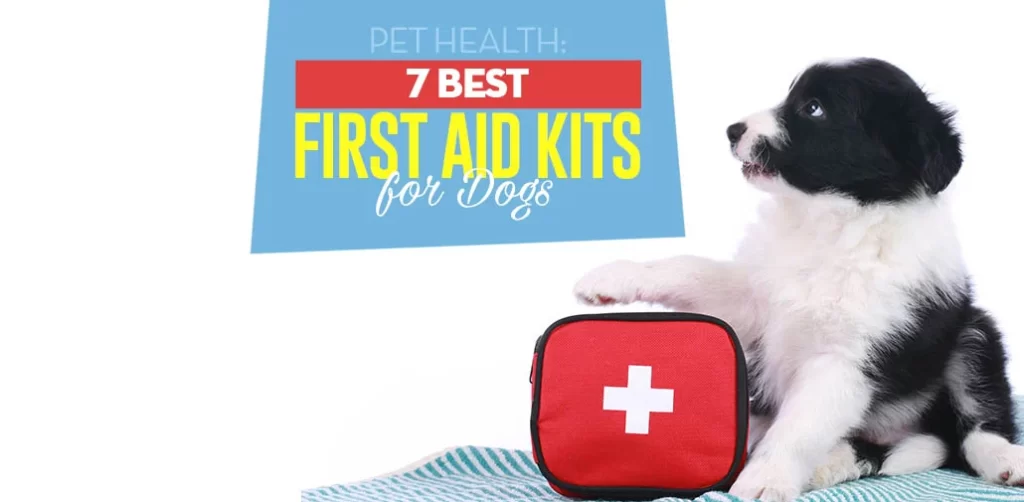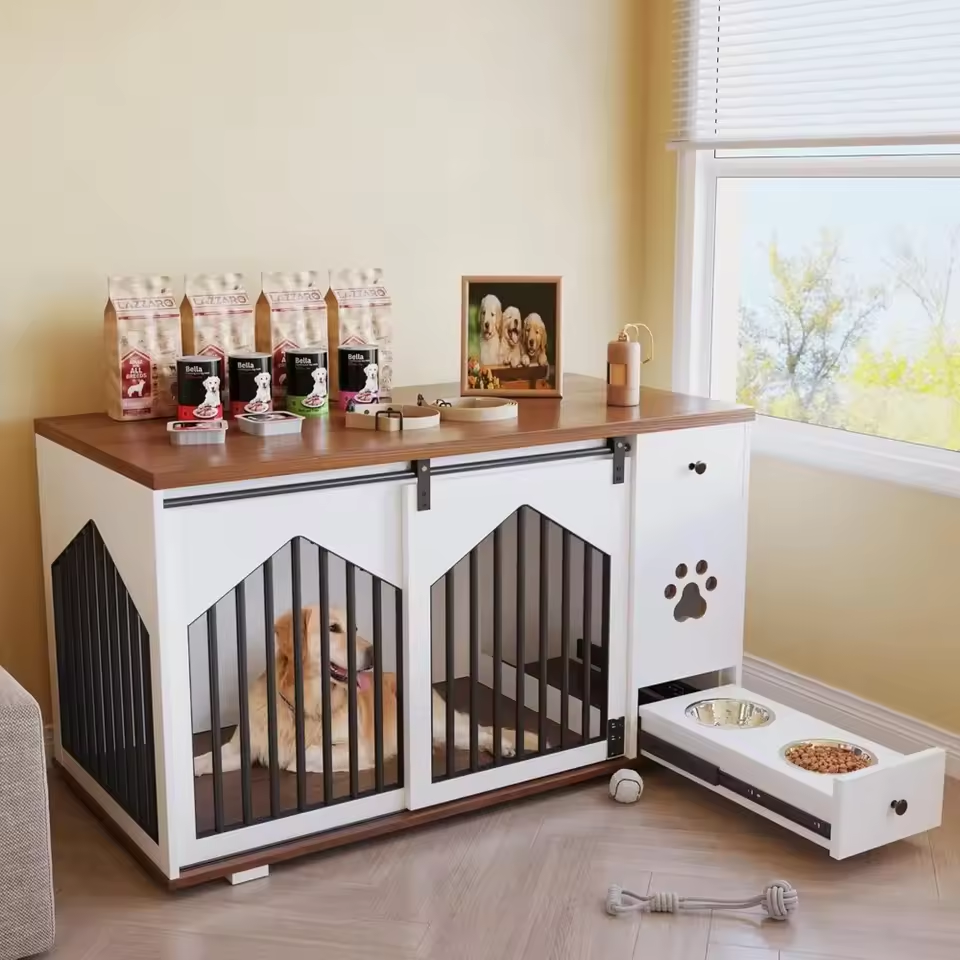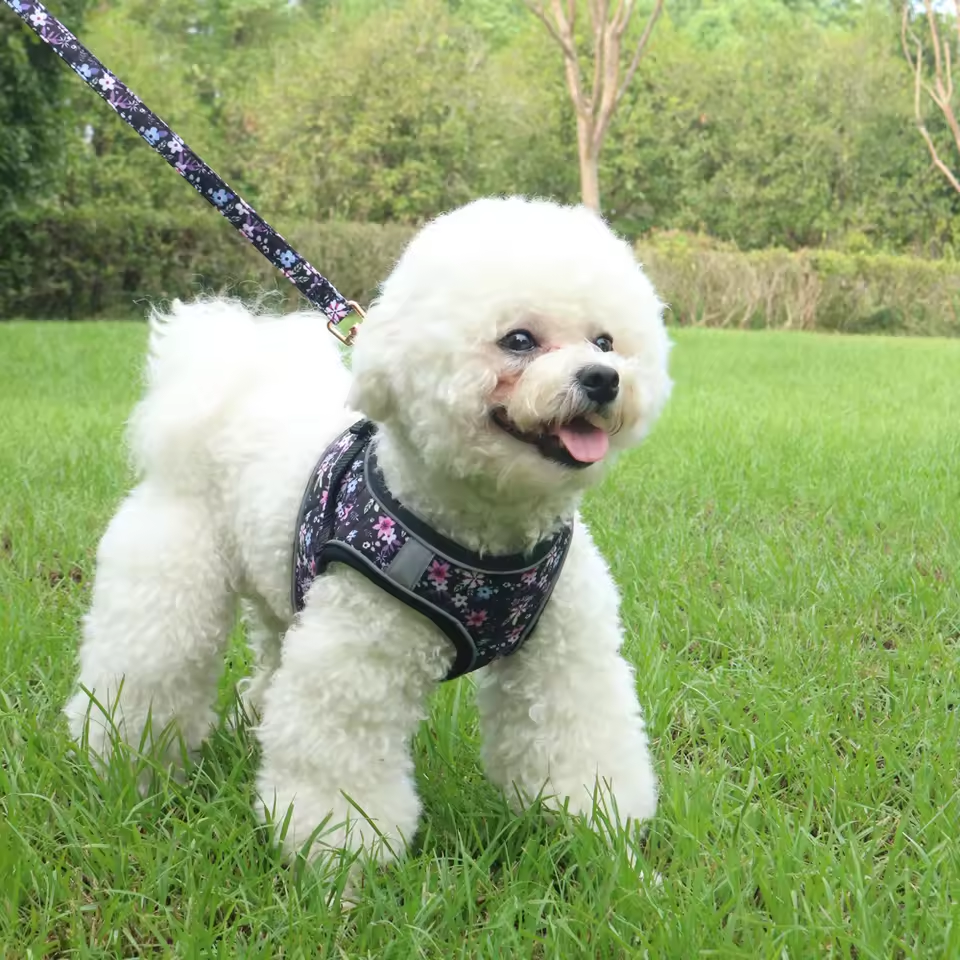A puppy first aid kit is an essential item for any puppy owner to have on hand. Just like humans, puppies can get into all sorts of mischief and accidents, and having a well-stocked first aid kit can help you address minor injuries and provide temporary relief until you can seek professional veterinary care. In this article, we will provide you with a detailed description of what should be included in a puppy first aid kit, why each item is important, and how to use them effectively.

- Essential Supplies:
1.1. First Aid Manual: A comprehensive pet first aid manual should be the first item in your kit. It will guide you on how to respond to various emergencies and provide step-by-step instructions for dealing with common injuries and illnesses.
1.2. Emergency Contact Information: Keep a list of emergency contact numbers, such as your veterinarian’s office, the nearest emergency veterinary clinic, and poison control helpline. Having these numbers readily accessible can save valuable time in case of an emergency.
1.3. Gauze Pads and Non-Stick Bandages: These are essential for controlling bleeding, covering wounds, and applying pressure to stop bleeding.
1.4. Adhesive Tape: Use a non-stick adhesive tape to secure bandages or gauze pads in place. Avoid using regular adhesive tape as it can cause further damage to the fur or skin.
1.5. Antiseptic Solution: An antiseptic solution like chlorhexidine can be used to clean wounds and prevent infection. Dilute the solution as per the instructions on the packaging to avoid skin irritation.
1.6. Sterile Saline Solution: Sterile saline solution can be used to flush out debris from the eyes or wounds. It is gentle and helps in keeping the area clean.
1.7. Hydrogen Peroxide: Hydrogen peroxide can be used to induce vomiting in case your puppy ingests something toxic. However, it should be used under the guidance of a veterinarian as it can be harmful in certain situations.
1.8. Tweezers: Tweezers can be used to remove splinters, ticks, or other foreign objects from your puppy’s skin. Make sure they have a fine tip and are cleaned before use.
1.9. Scissors: Keep a pair of blunt-tipped scissors to safely cut bandages, tape, or fur around a wound.
1.10. Digital Rectal Thermometer: A digital rectal thermometer is a must-have to monitor your puppy’s temperature. Normal temperature for dogs ranges between 100.5°F and 102.5°F (38°C – 39.2°C).

- Medications:
2.1. Gauze Squares and Styptic Powder: These are useful for stopping bleeding from minor cuts or torn nails. Apply gentle pressure with the gauze square and use the styptic powder to help coagulate the blood and stop bleeding.
2.2. Antibacterial Ointment: A pet-safe antibacterial ointment can be applied to small cuts or abrasions after cleaning them. This helps in preventing infection and promotes healing.
2.3. Antihistamine: Consult your veterinarian about using an appropriate antihistamine for your puppy. It can help in providing temporary relief from allergic reactions or insect bites.
2.4. Antidiarrheal Medication: In consultation with your veterinarian, include an antidiarrheal medication to help manage mild gastrointestinal upset. However, it is crucial to consult a vet before administering any medication.
2.5. Eye Drops: Pet-friendly eye drops can be used to relieve minor eye irritations or flush out debris. Consult your veterinarian for the right type of eye drops for your puppy.
2.6. Tick Removal Tool: Tick removal tools, such as tick twisters or tick hooks, can make it easier and safer to remove ticks from your puppy’s skin. It is important to remove ticks promptly to reduce the risk of tick-borne diseases.
- Miscellaneous Items:
3.1. Cotton Balls and Swabs: These are useful for applying medications, cleaning wounds, or gently cleaning sensitive areas like the ears.
3.2. Latex Gloves: Wearing latex gloves helps maintain hygiene and prevents the spread of bacteria during first aid procedures.
3.3. Emergency Blanket: An emergency blanket can help keep your puppy warm if they are in shock or experiencing hypothermia.
3.4. Muzzle: In case of severe pain or injury, your puppy may become anxious or aggressive. A soft muzzle can be used to ensure the safety of both you and your puppy during treatment.
3.5. Syringe: A syringe without a needle can be used to administer oral medications or flush out wounds with a sterile solution.
3.6. Leash and Collar: Keep an extra leash and collar in your first aid kit in case of emergencies or if your puppy’s existing collar needs to be removed for treatment.

It is important to regularly check the contents of your puppy’s first aid kit and replace any expired items or medications. Additionally, it is crucial to keep the first aid kit in a designated, easily accessible place so that it can be quickly retrieved during emergencies.
Using the items in a puppy first aid kit effectively requires some knowledge and preparation. Here are a few tips:
- Familiarize Yourself with the First Aid Manual: Read through the manual and familiarize yourself with the instructions provided. Understanding how to respond to different emergencies will give you the confidence to take immediate action when needed.
- Stay Calm and Assess the Situation: If your puppy is injured or showing signs of distress, it is important to remain calm. Assess the situation and determine if it’s something you can handle on your own or if immediate veterinary attention is required.
- Follow Proper Wound Cleaning Procedures: If your puppy has a wound, start by cleaning it with sterile saline solution or antiseptic solution. Use gauze pads or cotton balls to gently clean the area, removing any debris or dirt. Avoid using hydrogen peroxide directly on wounds, as it can damage healthy tissue.
- Control Bleeding: If your puppy has a bleeding wound, apply pressure with a clean gauze pad or cloth to stop the bleeding. If the bleeding doesn’t stop within a few minutes, consult a veterinarian.
- Use Medications as Directed: Only administer medications that have been prescribed or recommended by a veterinarian. Follow the instructions provided and ensure you are using the correct dosage for your puppy’s size and weight.
- Seek Professional Veterinary Care: While a puppy first aid kit can help address minor injuries and provide temporary relief, it is important to remember that it is not a substitute for professional veterinary care. If your puppy’s condition worsens or if you are unsure about the severity of an injury or illness, contact your veterinarian immediately.
Remember, prevention is better than cure. Along with having a well-equipped first aid kit, it is important to puppy-proof your home to minimize the risk of accidents or injuries. Keep hazardous substances, plants, and small objects out of reach, and supervise your puppy during playtime.

